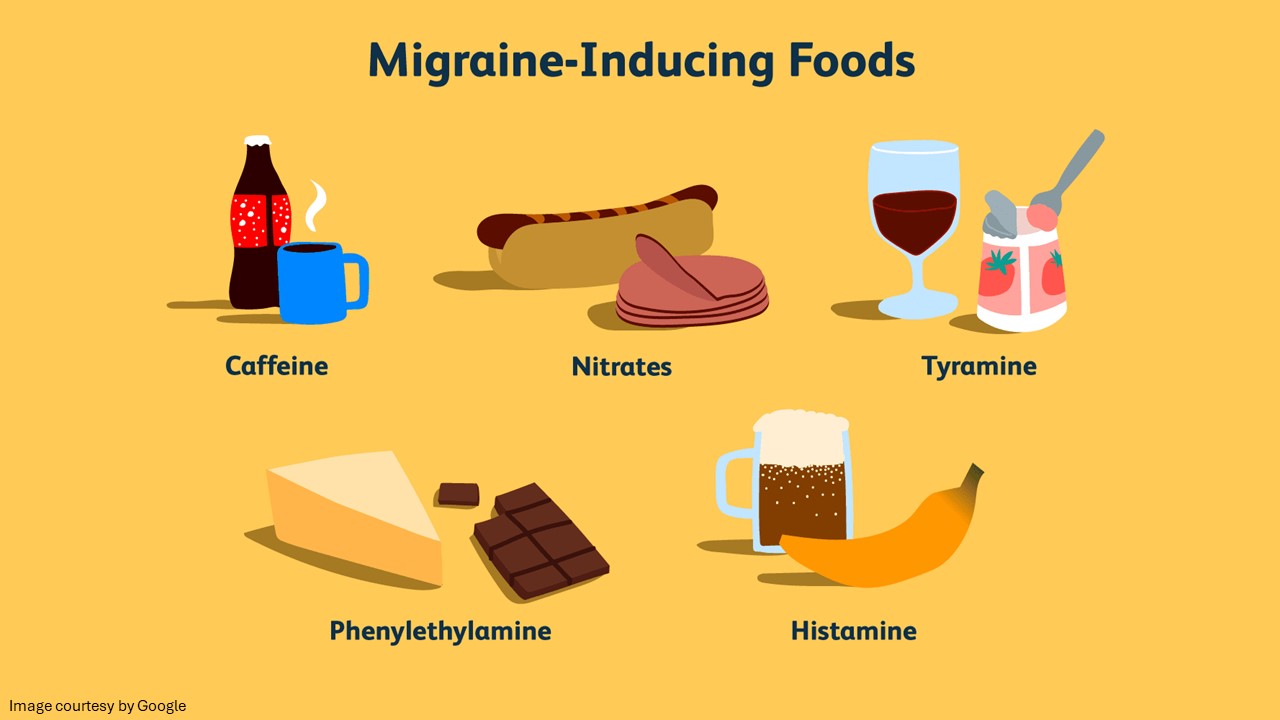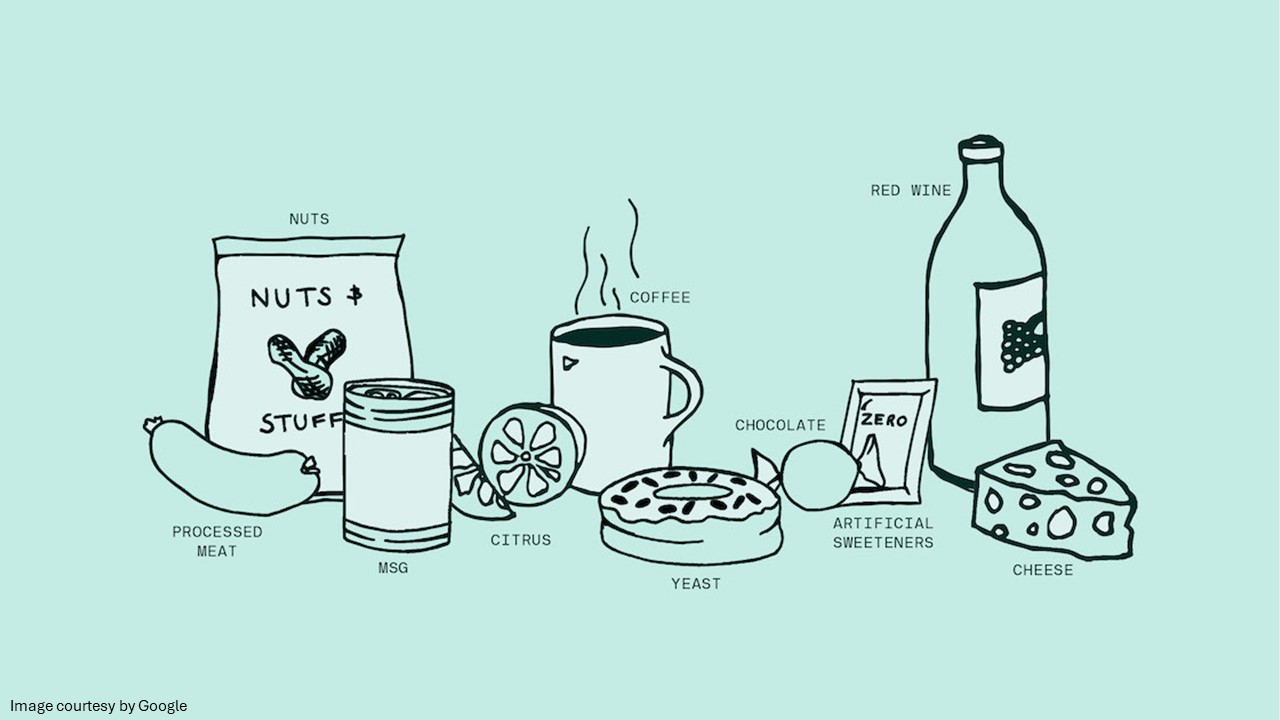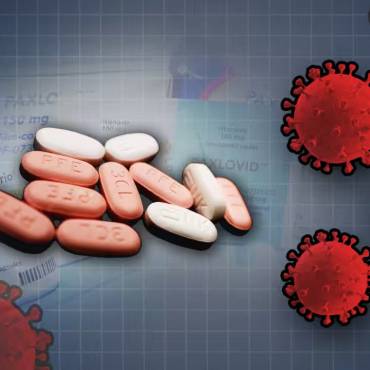Migraine causes the constricting and dilating of blood vessels on one side of the brain. A migraine attack with a throbbing headache on one side of the head may last up to two days. Common migraine triggers such as lights, sounds, movement, and other triggers may cause symptoms like nausea, fatigue, irritability, vision changes, and more. A healthcare provider can help you identify migraine-trigger foods (chocolate, caffeine, and red wine)so you can live a healthy life.
The two migraine types include common and classical.
-
- A common migraine is a slowly developing severe headache, lasting from a few hours to two days, and it is accompanied by nausea.
- Classical migraine is preceded by an aura, which becomes a visual disturbance later. The symptoms include a temporary loss of vision, focusing problems, blind spots, speech problems, nausea, and vomiting.
Symptoms of a migraine vary based on the stage of the condition. Every migraine is different, and you won’t necessarily develop symptoms during all four stages: prodrome, Aura, headache, and postdrome.
-
- Prodrome: The first stage starts up to 24 hours before you develop a headache.
- Aura: An aura belongs to a group of motor, sensory, or speech symptoms that act as a warning sign of a migraine headache at the same time.
- Headache: A headache begins between four hours to 72 hours.
- Postdrome: This phase usually lasts for a few hours up to 48 hours. Symptoms of the postdrome migraine stage feel similar to an alcohol-induced hangover, which is why the postdrome stage is called a migraine hangover.
Generally, it takes about eight to 72 hours to go through the four stages.

What triggers migraines?
Here are some chemicals in foods that act as migraine triggers:
-
- Tyramine-containing foods lead to dilation of the nerves in the brain, resulting in a rush of blood, which triggers the migraine. Another reason for migraine can be chocolates or the caffeine present in chocolate. Alcoholic beverages contain tyramine and histamine, which provoke migraines.
- Nitrate is an important portion of our daily diet; nitrites are formed by reducing nitrates. Nitrites are considered one of the headache triggers; they are responsible for migraine attacks along with flushing of the face and neck. Moreover, nitrites can also cause low oxygen levels in the blood, giving the skin a slate-grey color.
- Ice cream headache is a pain generally located above the forehead or behind the eyes. This kind of migraine attack is caused by a reflex constriction of blood vessels around the head.Those who are allergic to various foods like cow’s milk, eggs, and wheat cereal, these foods may provoke headaches in people susceptible to migraines.
-
- The aspartame-triggered migraine happens after consuming anything containing aspartame, which is found in artificial sweeteners like sugar-free, diet coke, etc.
- Monosodium glutamate is commonly used in Chinese restaurants, and it has been linked to trigger migraine. Fasting leads to low blood sugar levels, which may trigger headaches in patients suffering from migraine.
Another common reason for migraine is stress, which may act as a secondary cause in some situations.

Medicines for Migraine
Migraine drugs are drugs that are given to lower the risk of an intense migraine attack and to reduce the severity of the pain once an attack begins.
There are four types of common migraine medications used to treat migraine attacks – ordinary painkillers, anti-inflammatory painkillers, anti-sickness medicines, and triptans. Migraine medications probably work better than paracetamol to ease migraines and are easily available in online pharmacy stores.
Migraine attacks may cause nausea as well as vomiting, which causes poor absorption of tablets into the body. It is usual to try different treatment options for migraines over time, but it is important to ascertain the right treatment.
Migraine headaches are thought to be caused by chemical imbalances in certain parts of the brain. The disequilibrium affects the blood vessels in the brain, first tightening and then widening them up. When the blood vessels widen, they affect the release of chemicals that increase sensitivity to pain and cause inflammation and swelling. The anti-migraine tablets work by correcting the imbalances and tightening the blood vessels.



